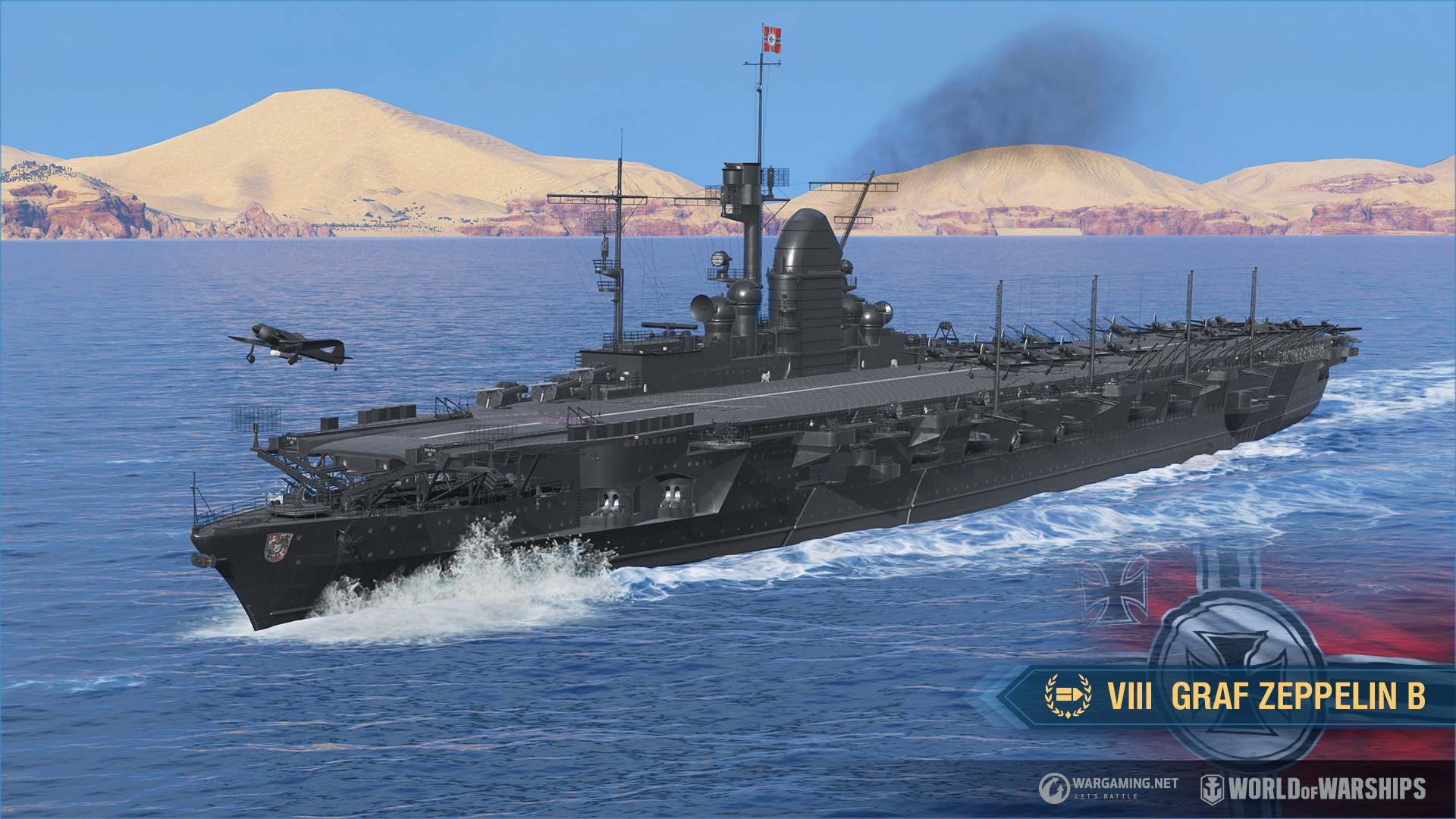
She settled into the shallow, muddy water. When Red Army forces got close in April 1945, the Kingston valves were opened and the lower compartments were flooded. She was moved around to a couple of different harbors until docked for good in Szczecin. On February 2 1943, work on the Graf Zeppelin was stopped for good. He got Hitler to keep all completed large ships in service, but all others had work halted immediately. Admiral Dönitz was the one to replace Raeder. Admiral Raeder raised a protest about this and was soon relieved from his duty. Towed back to Keil in December of 1942, she was put in a floating drydock, might have actually been completed soon after, but by late January 1943, Hitler ordered all large ships taken out and scrapped. There was haze surrounding the area so the ship was not at all damaged. Nine Lancaster bombers equipped with Capital Ship bombs. In August of 1942, Graf Zeppelin was the target for an air raid on the port of Gotenhafen. She was then taken back to Gotenhafen when air attacks were no longer a threat to serve as a floating warehouse. In July of 1940 the ship was taken from Keil to Gotenhafen and then to in June, 1941 to Stettin to safeguard from Soviet air attacks. The 15cm guns that were to go on the ship were transferred to Norway as were the 10.5cm guns. Germany needed to protect hundreds of ports and thousands of miles of vulnerable coastline, AA batteries and coastal guns were urgently needed.

The conquest of Norway in 1940 basically ended the carriers for good. By September of 1939, a wing of three carrier squadrons were standing by, but the ship was still incomplete. Work was started in 1936 on what was supposed to be the Kriegsmarine's first carrier ever! Laid down on December 28 of 1936 and launched on December 8 of 1938, construction periods were short because of shortages of experienced welders and few materials. The Graf Zeppelin was Germany's only aircraft carrier and it wasn't even used in the second world war (talk about useless)


 0 kommentar(er)
0 kommentar(er)
